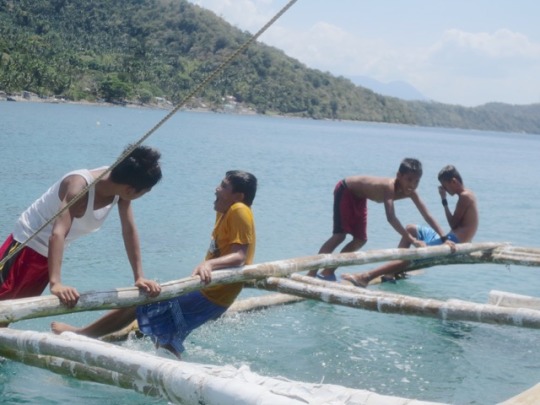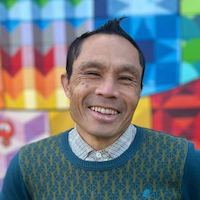One of the awesomest parts about being on the 2015 Verde Island Passage expedition is getting to connect with and educate the local communities around the area. For our presentations, we try very hard to emphasize the enormous wealth in marine biodiversity that the Philippines possesses.
For these island communities, being able to see the ocean around them in a new way is so powerful and maybe life-changing. For our outreach events, you can literally seeing hundreds of minds get blown away when they realize how magnificent the coral reefs are, just a few meters down from the ocean surface. Imagine seeing something your whole life and not realizing that it is ALIVE and so precious to all the life around you?
Here’s ichtyologist Dr. Kent Carpenter from Old Dominion University explaining (in Filipino!) why he calls the Verde Island Passage the “center of the center of marine biodiversity” in the world.
One big challenge is just getting Filipinos into the water. Despite living so close to the ocean, many people in the communities we spoke to admitted that they did not know how to swim. Several shared that they were actually quite afraid of the water. Parents told me that they didn’t know of any programs where their children could go to even learn to swim.

And beyond just getting in the water is being able to explore the reefs. One young man during our Lobo outreach asked the group how could a normal person in the community like himself ever hope to go diving, when it is so expensive?
We discussed various options, from local resorts offering special programs for local youth to get to learn to dive to getting a set of community-managed masks and snorkels so that anyone could borrow them for the day. But the reality is that scuba diving is a very expensive activity that is far beyond the budgets of most people in the coastal communities in the Philippines.
There were no easy answers. But people were so appreciative of having their eyes opened to the wonders in their own front yards.
